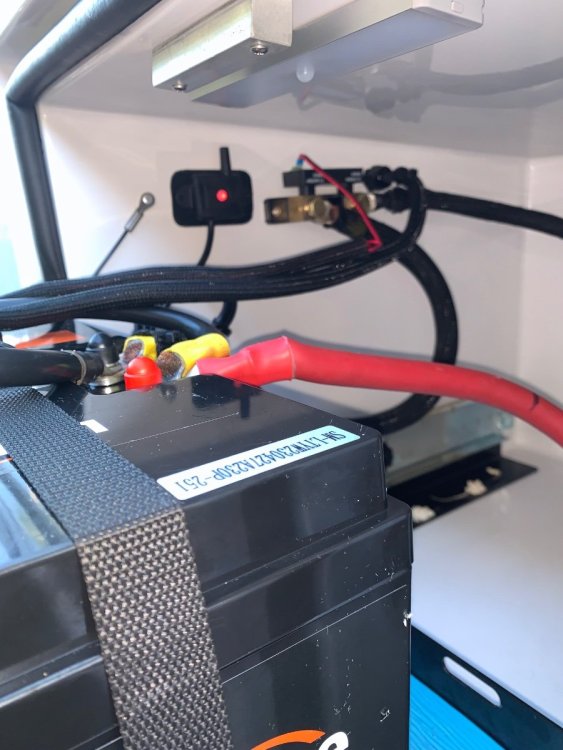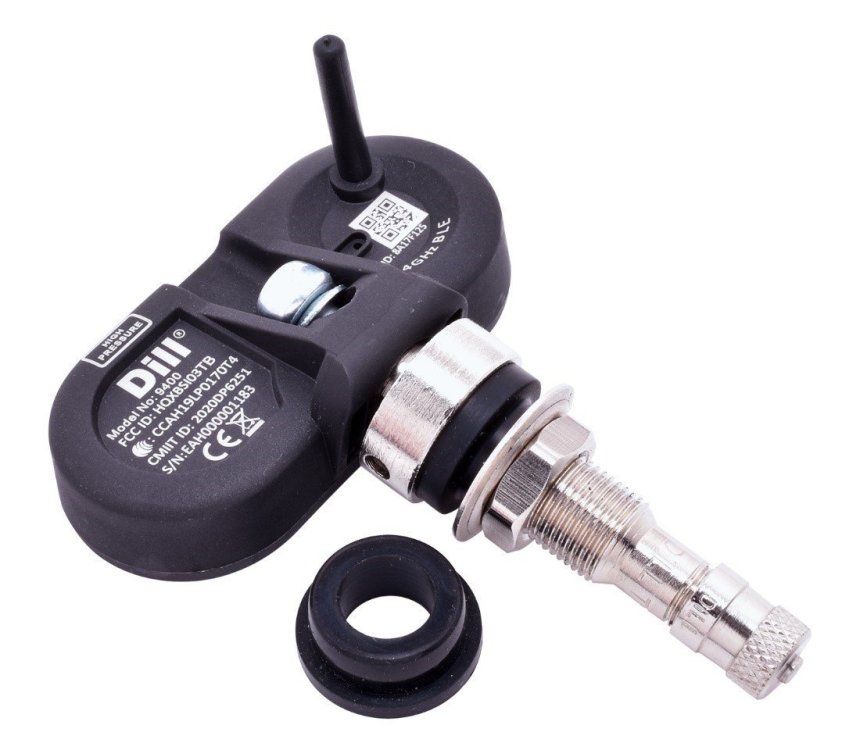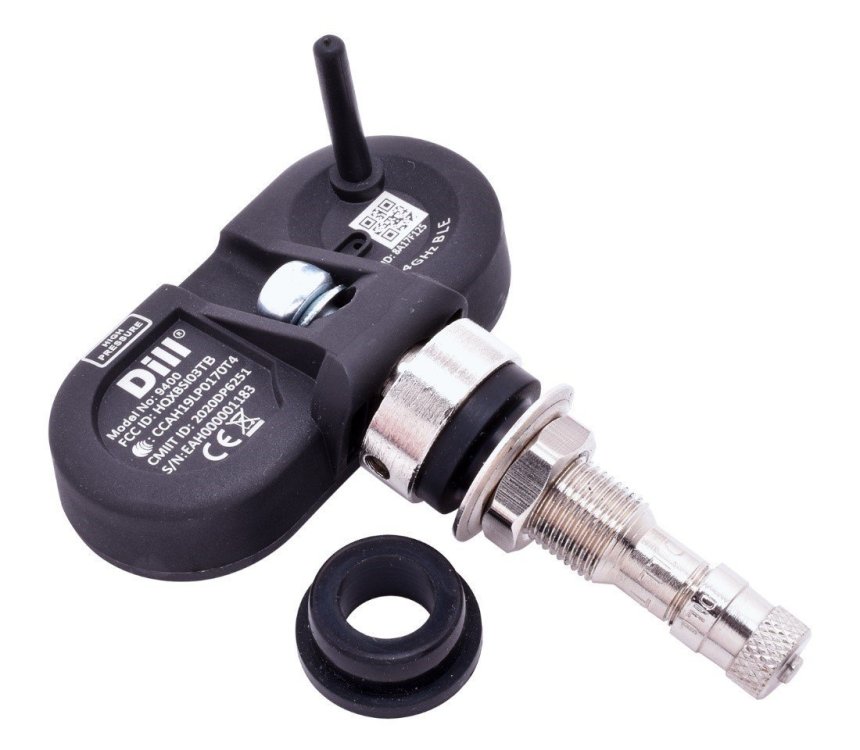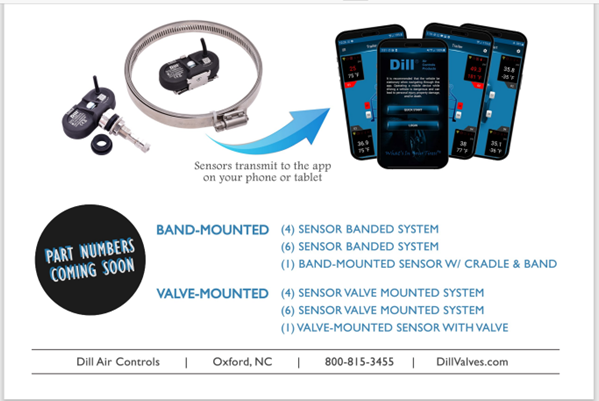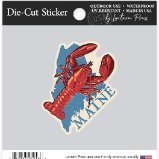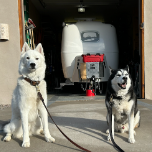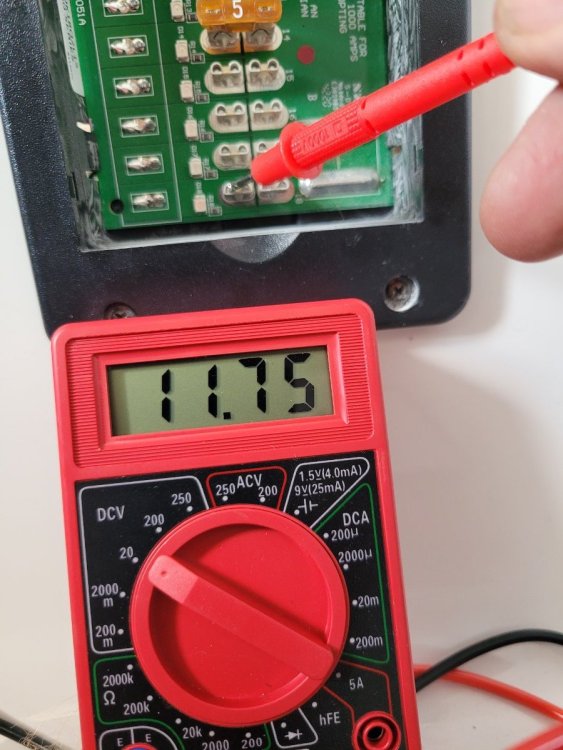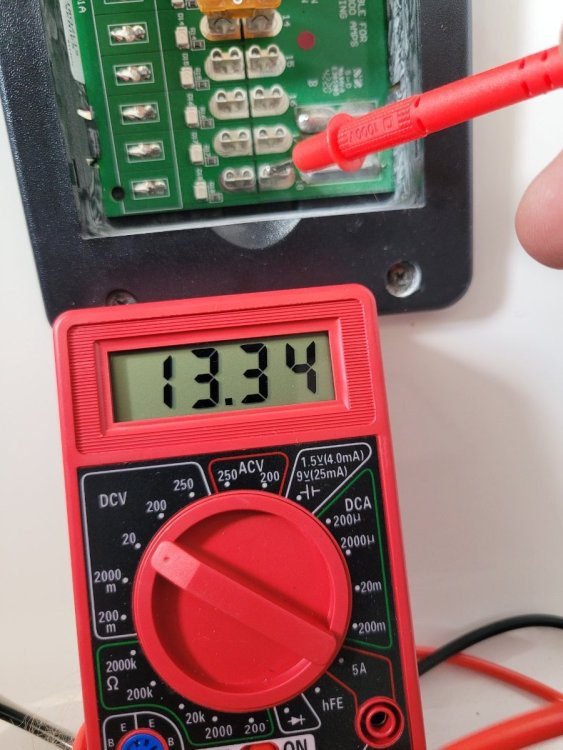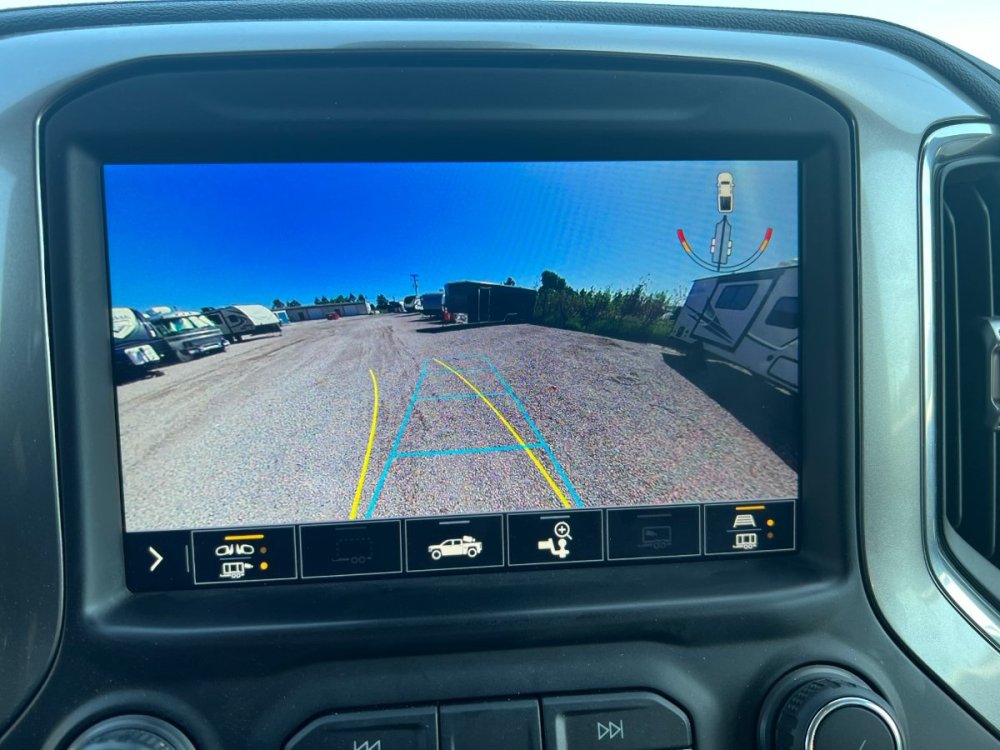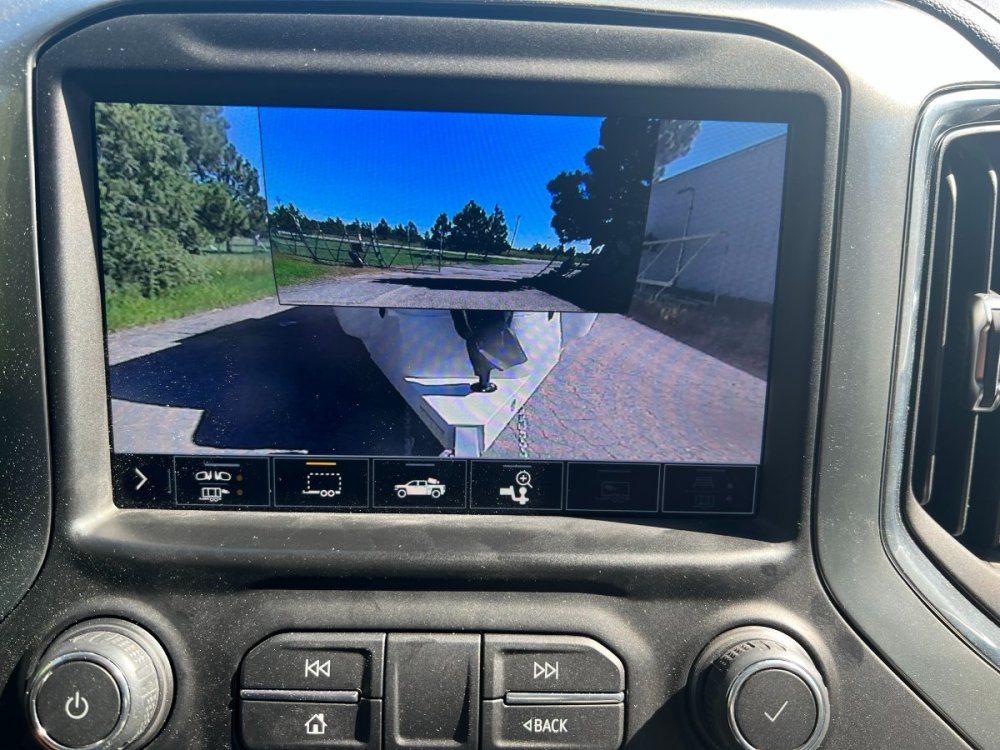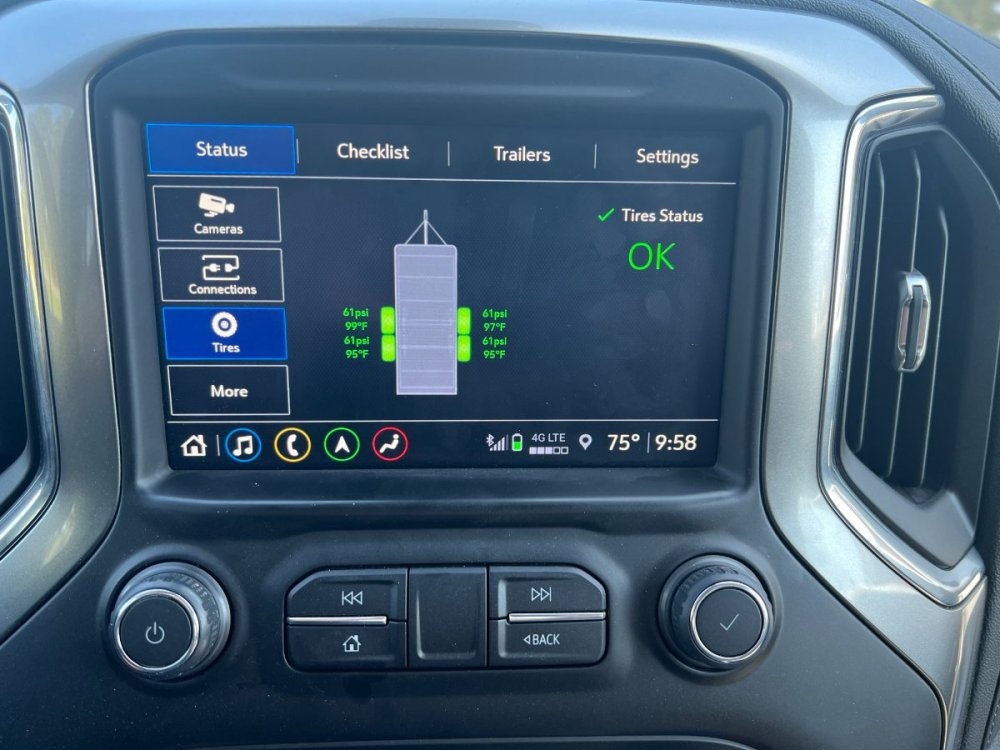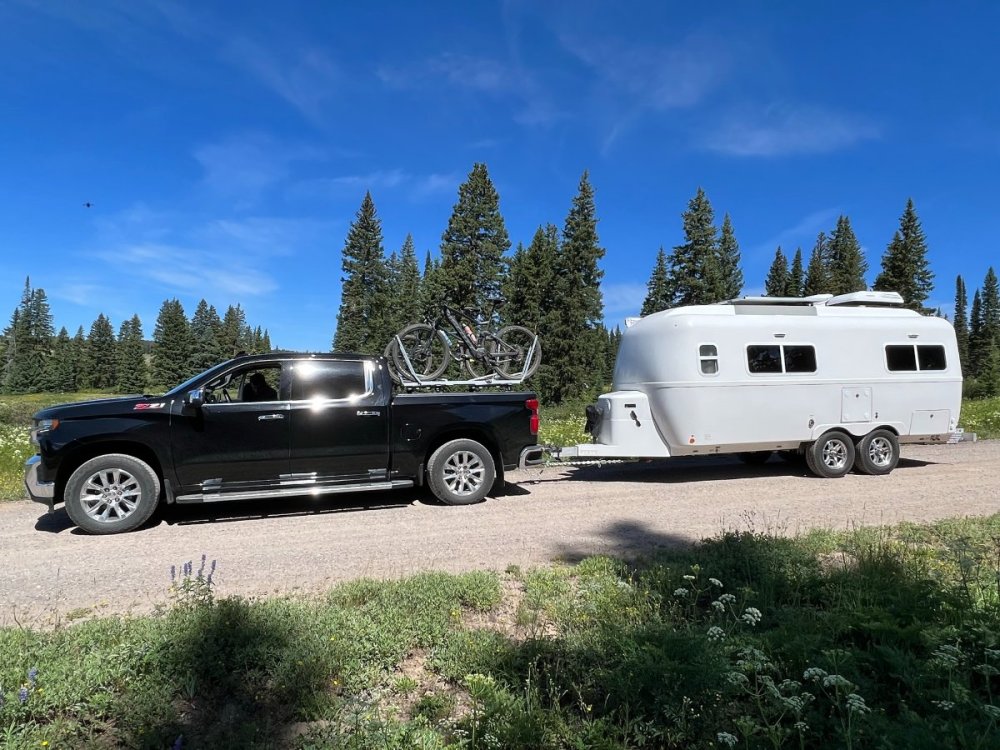Search the Community
Showing results for 'tpms'.
-
We've never owned a truck or a trailer. My wife and I are retiring in 6 months and diving in with all 4 feet. Tell me what we don't know please. We looked at lots of trailers and are finally pulling the trigger on the LEII. I've read a bunch of threads on here over the last year. Very helpful. But if you can point me to some that have already discussed this sort of thing, I'd appreciate that, too. We prefer simple: Everything we need, but nothing we don't. So.... LEII - starting the ordering process today 🙂. Scheduling factory tour soon. Standard except as follows: Twin Bed Floor Plan Two Upgraded Foam Mattresses Hypervent for Twin Bed Floor Plan Front & Rear Propane Quick Connects Backup Camera with 4.3” display Aluminum Storage Basket Inside Basement Access Door Auto Drain (push button drain valve) - What is this? Door lock (do I need the electric one?) TV - bought yesterday 🙂 Ram 1500 Laramie, 5.7L 8 cyl hemi, 4wd, max tow, air shocks, class iv hitch, 9 pin connector, rear video Approx 1,700 load capacity Locking hard tonneau cover, bed liner Miscellaneous side purchases (yet to be made) Generator that runs on propane - to be carried in Ollie's storage basket Surge protector (no idea what sort of electrical equipment I need for generator or shore power) TPMS for trailer Screen house carpet for under awning hoses, leveling blocks, antitheft? tools? Storage - We intend to use these toys a lot. Maybe even 6 months a year. But, inevitably, they will get placed in storage when not in use. We live in a FL subdivision, with no garage space for this size stuff. So, I thinking I buy a cover for both.
-
. My TST repeater install, inside the battery box with direct connection to the batteries. No connectivity issues for three years, other than from weak monitor batteries which are easy to replace. I also have monitors on the TV. The ‘early warning’ a TPMS provides is most definitely a preventative measure to lessen the occurrence of a blowout or other catastrophic situation.
-
Tire pressure, tire temps and TPM systems, a few more observations. This might not be the right place to post this so moderators please feel free to move it to another spot if it is inconsistent with the OP's @johnwen post on blowouts. Just returned a couple of weeks ago from a trip to the southwest mostly around San Rafael Reef and Capitol Reef National Park. Weather was all over the place during the tip down, while there and then on the return and thus it became an excellent opportunity to explore the results via the monitor on my new TST TPMS device. As stated above I only have 4 sensors and used them for my TV rather than the Oliver. Earlier in the year I replaced tires on both the TV (F150 Super Crew Cab) as well as the Oliver using Vredestein Pinza AT LT's. Honestly I have mixed emotions regarding putting them on my half ton truck, not because I don't like them but simply because once you start going down this path by default you are re-engineering the suspension system. As all of you know installing LT tires on a vehicle designed for PT tires, inflation rates can change dramatically. In this case tirepressure.com recommended going from the factory setting of 35 PSI all around to 50 PSI all around. Les Schwab stated emphatically to keep them at 35 PSI as the door jamb implies. While this conundrum has not been dealt with to my satisfaction, I decided to run 40 up front and 45 PSI in the rear for the recent trip. FWIW 50 PSI with 10 ply tires installed on a half ton truck with suspension set up for lighter weight 4 ply passenger tires is a brutal ride unless you are on the smoothest of roads. So how did things go? At no time did my tires overheat and pressure only increased by 5-7 PSI depending on a number of factors such as shade, sun exposure, type of driving and so on. Consistently tires facing the sunny side ran warmer and with about 2+ PSI more inflation after warm up, highway speeds tended to level things out while stop and go traffic oddly enough ran tire temps higher. Typically tire temps tended to hover between 8-14 degrees above the ambient outside temperature. At one point driving through stalled SLC traffic tires facing the sun rose to 114 degrees but it was also around 100 degrees outside and no telling what the pavement temps were. So with 40/45 PSI set front and rear respectively at mild temps pressure increased to 45/52 front and rear traveling down the road normally at 65 MPH with a few descents hitting 70 mph. How does one interpret all of this? It tends to fly in the face that one needs to inflate LT tires considerably higher than PT tires for the same vehicle. Clearly the load capacity of each LT tire is not being encountered with my F150, same for the Oliver which incidentally were all inflated to 45 PSI and which were only lightly warm to the touch each time they were checked. There are those who firmly believe in the chalk tire test for proper inflation of LT tires and while I have experimented with this it is not exactly scientific to my way of thinking. Regardless hope this info will be of some help to new comers and veterans alike while out on the road and towing their Olivers. Happy Trails
-
John, I will weigh in here - Per the TST tech I spoke with you will require the booster for TST to honor your warranty and for the TPMS to operate at its maximum potential. It takes a few min to connect the repeater. The TST tech also told me that using the system without the repeater you could easily have RF interference and you can easily loose your signal. My TST monitor is always on while plugged in and charging. When I unplug it from charging, it will shut off via the switch. I highly recommend you consider installing the booster/repeater for a proper install. 3 years in and my TST TPMS is working great. I do monitor my tires when traveling for heat and tire pressure. The monitor is so easy to read right there on my dash eye level. Cheers & Safe Travels from SW Colorado! Patriot🇺🇸
-
Sounds interesting. The main thing is to have a tpms with the trailer and you're doing that with this new product. 5-7 year battery life sounds great. John
-
I use the EEZTIRE TPMS. But most of these are very similar. The "recommended interval" for changing the batteries is one year. But, I simply leave mine until I start to get a loss of signal notification. Since I always carry spare batteries with me while on the road it is simple to change them. Note that I also remove the wheel sensors and batteries when I am not planning on using my Ollie for a month or so. Even though the sensors should not be transmitting a signal when there isn't movement in the wheel, I feel better knowing that the contacts are not being subjected to humidity, heat, cold, etc. On another note - I have never needed a booster for the EEZTIRE transmitter. However, these signals that are being sent from these small transmitters can experience some loss of signal during very wet weather, snow, and heavy traffic. In addition, depending on the types of things that are being carried in both the tow vehicle an/or the Oliver, signals can be weakened. Bill
-
A TPMS is crucial to have. Check out TST and compare to the one you posted. It comes with a monitor that you can see on your dash and gives you pressure and temperature readings. We have that one and even though we haven't set up the booster, we have no problem getting the measurements from the Oliver LE 2. I have four sensors for the tv and four for the trailer. Tireminder is another brand. John
-
Thank goodness your family and your Oliver is all OK! Years ago, pulling an enclosed cargo tailer from TX to AZ, we had a trailer blowout. Honestly, it's amazing that your OTT and connection to the TV is so solid, that you did not know the blowout even occurred - OMG! Ours was so drastic, that I immediately felt a tug on the truck steering wheel! The belts from the tire tore the fender off completely and it then damaged the siding of the trailer (cheap alum, not our OTT fiberglass). Got a new tire, miles down the desolate dry western highway. Of course, had to park the trailer and run an 85-mile roundtrip with the wheel. I'm going to purchase and install these from Dill. Our truck is 23 years old, so it did not come with TPMS. You can buy a set of 4, or 8 and monitor pressure via Bluetooth to your phone. I will purchase 8 and install inside of my OTT and TV wheels. Dill's new product will be available late October from Tire Rack (first reseller). For truck and trailer you would buy two sets (pat # 1604-V).
-
One advantage of rubber stem mounted sensors: first thing in the morning before departing, make sure your monitor is awake, then walk around and do your tire and wheel inspection, and rap each sensor a couple of times with your finger. This will trigger a new signal to the monitor. As you leave you can see TODAY’S pressures, not yesterday’s!!! If a tire picked up a nail yesterday it could have been slowly deflating all night. Read and learn: https://olivertraveltrailers.com/forums/topic/6043-article-on-how-tpms-sensors-operate/ Turn in your junk wheel without the rubber, and you should get about $14 or $15 for it.. or hang it on your garage wall as a keepsake. I hope you turned in a Service Request about this, maybe a bad batch of tires? Oliver needs to know when these events happen. I am glad the Ollie survived. The rubber scuffs will buff out. John Davies Spokane WA
-

Best Tire and Wheel Sizes on your HD Tow Vehicles?
jd1923 replied to jd1923's topic in Towing an Oliver
Holding up on my tire purchase since I want to purchase a TPMS to install in the new truck wheels and our Oliver. I sure have enough other work to do, with the Oliver, let alone the truck and any travel plans will be in the new year. I read some posts here that mentioned Dill TPMS. Did some research and contacted them. They are releasing a new product this October, that seems worth waiting for! What a great reply I received from Dill Customer Service. Here's what Scott said, "Our new system is arriving in October. TireRack.com will likely be the first distributor with parts ready the ship. Please see the attached teaser flyer and User’s Guide. For your truck and trailer you would buy two of P# 1604-V. That gets you eight valve-mounted sensors and eight stems that would be compatible with 0.453” and 0.625” valve holes." You just buy 4, 6 or 8 stems with sensors attached and connect by Bluetooth, and then see your tire pressures on your phone. How great is that? No wiring installation! No proprietary screen on your dash! Can't wait! This is all falling together nicely- Gotta love it! -
John/Wendy - so happy to hear you are both ok brother! Seems like little damage as well. I see everyone is assisting with their TPMS solutions and I would like to share something a little different that we have used many times on the road to help others. Thankfully, we have not had to use it on our own trailer(s). Anderson levelers makes a "Rapid Jack" and you essentially just roll up on it with your good tire and change your bad tire. Saves all the blocks and jacks that most of us are familiar with. Not trying to "sell" you anything, just for your awareness and anyone who looks at this. Here is a link to their video. Andersen Hitches Rapid Jack Cheers and "Go AIR FORCE"!! Brian
-
I found that my TPMS would alarm without the transmitter after traveling about 1/2 hour. I cut off the alligator clips on the transmitter and sodder on a USB connector onto the wire that I can connect into the Ollie USB connectors. The transmitter, using velcro strips, is located above the dinnete table. Works pretty slick and no more false alarms.
-
In order to clarify this statement - Most (if not all) TPMS systems will alert you to "issues" with a tire - such as sudden loss of pressure, or pressures or temperatures that are outside of a predetermined range that you set. And, the TPMS system that integrates with the Ford system and screen will do this too as I assume that the other truck makers do. However, I've found an unexpected plus to having the stand alone monitor is that I'll watch it keeping an eye on the relative differences between tire temp and tire pressure under varying road and climate conditions. All things being equal - tires running on a concrete road will have a lower temperature and pressure than those running on a black asphalt road on a sunny day. smooth road. Generally, the same statement is true for a rough surfaced road versus a smooth road. So, how does one decide on what tire pressure is correct for their particular trailer? In the pages of this Forum there have been many posts that flat out state that one should NEVER have tire pressures under "X" or above "Y". These statements may or may not be correct for the particular trailer the poster is referring to under the conditions that they normally drive - or even those conditions that may be encountered from time to time. Trailer weight, the roads that are normally driven or even specifically driven, the speeds at which they drive, the weather, etc., etc. all influence the decision as what tire pressures are appropriate for any given situation. Indeed, many of these posters will "admit" to "airing down" for those times when they travel on rough (dirt) roads. This is done for basically two reasons: 1 - for better traction; 2 - softer ride. Interestingly, this is one of the same problems that we are all trying to solve when deciding what our "normal" or "regular" tire pressure will be. We don't want to have such a high pressure in the tires such that they are like (to borrow an oft used statement) rocks. Nor do we want a tire with such low tire pressure as to cause it to heat up too much in "normal" driving. By keeping an eye on my tire pressures while also seeing the tire's temperature I can make a rough judgement as to when or why a tire is reacting to any particular situation. For instance (for my Ollie loaded for a "normal" camping trip), I will set my tire pressures at 60psi. But, the weather changes and/or one of the main roads I'm traveling has been repaved from concrete to fresh black asphalt and I note that my tires are increasing more than about 1 psi for every 10 degrees increase in air temp. Depending on how long or how severe this situation might continue, I might decide to add 3 or 4 psi. This is a bit counter intuitive but note that a harder tire (more psi) will have less rolling resistance and therefore run cooler than a softer tire. Another way of thinking about this is that a softer tire (less psi) will have more surface of the tire on the road and will "squirm" or "flex" more thus causing more friction and thus more heat. Over time I have been able to predict (generally speaking) what tire pressures are about right for me and my Ollie. But, just because I chose to run my tires at a certain pressure does not mean that this is the correct pressure for your Ollie in any given situation. We all want as soft a ride as possible while at the same time we want good traction, high tire mileage and most of all safety. By having the information provided by a TPMS we not only increase our immediate safety but we also obtain information from which we can make informed decisions as to satisfying some of the other conditions present when operating in a constantly changing environment. Bill
- 61 replies
-
- 11
-

-

-
@johnwen, glad to hear your experience ended without injury or serious damage. We also installed a standalone TPMS for our LEII (Hull 990), the TireMinder i10, with 6 transmitters (TPMS), four for the trailer and the other two for our spares. See: https://technorv.com/products/tireminder-i10-rv-tpms-with-4-to-10-sensors?_pos=1&_sid=585f6a851&_ss=r I installed the signal booster under the dinette rear seat. I have tested the range by walking over 300 feet from the trailer with the monitor, without loss of signal. Our TV does not have the option for adding trailer sensors. Don
-
TPMS is the first thing we install on every trailer. Learned the hard way with trailer #1.
-
Well, that was a PITA. So sorry., but really glad for the persistent motorist who alerted you to the flat tire. We have the TST tpms system. Though we haven't needed the repeater, there is one available to boost the signal forward to the display unit if needed. I think a few other brands sell a booster or repeater, as well.
-
We had almost the exact same encounter with a blowout about 12 years ago in FL traveling on a secondary road at about 45mph. At the time we didn't own a standalone TPMS. We didn't realize the right side rear tire blew until we pulled over at a convenience store for a pee - walking back to the rig we saw what looked like a "ghost tire" (formerly a Goodyear Marathon) with only the radial material left on the rim. With a TPMS (which we've had ever since), at least would have known when it blew and proceeded accordingly rather than driving for an unknown distance on 3 good wheels/tires. Glad no injuries ensued....
-
I assume from your post that other than the wheel rim there was no damage to the Oliver - wheel well, tire fairing, brake lines, brake wires, etc.? If that be the case then consider yourself to be very fortunate. Certainly there is a margin of safety in having two axles versus only one. And, a big thanks to that driver who alerted you to the problem. When purchasing my 2023 F-150 I too considered getting Ford's trailer TPMS. But even though it would be nice not to have yet another of these screens in the cockpit of the truck, the price was much higher than simply getting a stand alone TPMS. Also, I've found that having the stand alone TPMS I tend to monitor it more often. There are numerous brands on the market that do a great job of monitoring both pressure and temperature for the trailer and the spare tires on the truck and Oliver. I simply went to YouTube and Amazon, looked at features, size, reviews and price to get the one I liked best. Glad that you are OK. Bill
-
2021 LE2 with the platinum solar package purchased used earlier this year. I was tying into the DC fuse panel to install a TPMS booster and was just double checking voltage before hooking anything up and adding a fuse. Interestedly enough, there is voltage on each leg of the fuse holders. 11.75 volts on each of the unused load side and just over 13 volts on the feed side of the unused ones. Over 13 volts on all the load sides with fuses in. I've owned and worked on campers and boats for many decades and assumed that the load leg shouldn't have any voltage whatsoever until a fuse is plugged in. However, I'm new to the solar game. I've read through the manual a few times and nothing mentioned in there and I've had no problems with the camper so far. The inverter is on and shore power is not hooked up. Might try plugging in and see what happens next. Questions for the collective minds. Is this normal or is something possibly back feeding or causing a problem somewhere?
-

Unidentified wheel noise
Steph and Dud B replied to Steph and Dud B's topic in Mechanical & Technical Tips
P.P.S.: Putting this in writing is helping me process my thoughts. The noise I sometimes hear now from the driver's seat reminds me of the sound manual brakes make when you adjust them until they lightly scrape on the drum. (Unfortunately, I haven't been able to stand next to the trailer while it's happening and Stephanie is less adept at recognizing and describing mechanical noises. If it happens again I need to find a place to get her in the driver's seat so I can hear it myself.) If I'm right, this may be a case of the auto-adjuster making that brake just a little too tight when it clicks up a notch, causing that shoe to drag just a little. On the highway, I'd never hear it and the light drag probably wouldn't heat the drum enough for my TPMS to detect. But it if it happens at low speed I could hear it with the window open. That makes some sense, but it doesn't explain why Steph says it goes "ping" and stops. Unless Steph was hearing the brakes engage as I stopped the vehicle? That would stop the dragging noise. And then when I release the brake it reseats or frees up just enough to stop dragging? Can someone check my logic here? (I really don't like these auto-adjust brakes...) -
GM 1500 Truck w/3.0L Diesel - follow-up @32k miles
Cameron replied to tallmandan's topic in Towing an Oliver
I continue to be happy with my 2020 AT4 1500 with the 3.0. I have about 50k miles on it now. I use it as my daily driver in San Francisco with lots of stop and go. City driving only gives me about 15 mpg. I'm actually on a cross country drive now without the trailer. I set the cruise control at 80 mph on I-80 and am getting 24 mph. I've pulled the Ollie for about 4,000 miles and never had a problem, also getting about 15-17 mpg when towing, depending on speed. Plenty of power, super smooth, and I don't use a WDH. Overall, it's great. But, there are a few little things that bug me such as: gotta put DEF in, the motor oil is more expensive than oil for gas engines, it does burn a bit of motor oil which GM says is normal (all engines burn some oil?), diesel in the last couple years has been more expensive. Ditto on the rear camera (GM OEM) mounted on the rear of the Ollie and the trailer TPMS (also GM OEM) that are integrated into the truck's software. -
GM 1500 Truck w/3.0L Diesel - follow-up @32k miles
Allen Lee Rohner replied to tallmandan's topic in Towing an Oliver
I agree with you comments. Have the 3.0L Diesel in my 2022 GMC Sierra 1500 AT4, CarbonPro. The motor has plenty of power. I think the 3.0L Diesel would handle 3/4 ton. I am very happy with my truck. 19,500 miles 4600 miles towing LEII 15 mpg w/heavy foot The GM TPMS is a plus. -
I've commented in a few different threads about my experience towing with my 2021 Chevy Silverado 1500 3.0L diesel. In 2.5 years, it now has 32K miles and about 5k towing my LEII. I thought I would post a follow-up that may be helpful for anyone considering the GM half-ton diesel as a tow vehicle. After owning Toyotas for almost 20 years, I have to say I was hesitant about the reliability of a GM product -- but it's been great so far. PROS: Power/torque more than adequate for towing an LEII. I just returned from a trip that took me over Loveland Pass, Rabbit Ears Pass and Berthoud Pass in Colorado. The diesel engine has absolutely no problem and no stress getting up and over. No noticable loss of power at high altitude and no high-RPM downshift that can happen with a gasoline engine. Fuel economy has been very good. I average 17 mpg while towing and the truck gets around 30 mpg in highway driving when not towing. In Colorado, diesel is now a little less expensive than regular again (yay!) but a year ago it was more per gallon so that wiped out any significant savings. 10 speed transmission is super smooth Automatic engine brake is fantastic on the long downhill runs. It's very reassuring to have it kick-in automatically and only touch the brakes a few times. I've always felt stable and in-control - even rolling all the way down Loveland pass at speed with traffic! GM trailer tow package and 360 degree camera package is excellent. It recognizes and remembers my trailer. It checks and notifies me of a wiring fault (I still check my lights/brakes manually). I purchased and self-installed the GM accessory trailer rear-view camera and it works extremely well. The live-motion back-up guidelines are super helpful (see photos). The truck monitors the TPMS sensors in my Oliver tires (had the GM sensors installed) and it displays on the dashboard screen. Comfortable and quiet ride both while towing and when being used as my daily-driver. You can barely tell its a diesel engine as there is almost no "clack" sound No problems in 32k miles so far CONS: Payload is around 1500 lbs (like all half-ton trucks) and that could be limiting for longer trips and taking more "stuff" Have to use the WD hitch (like all half-ton trucks). I find the Anderson WD hitch to be a hassle - but one that I can live with to be safe and legal. Squat from trailer tounge weight was not bad but a little more than I liked. I added Roadmaster Active Suspension (RAS) and this reduced squat by about an inch without any noticible effect on ride quality. Have to mess with adding DEF fluid. When towing, it uses a lot of DEF and the guage is not very accurate. Best to top off before leaving and/or put an extra 2.5g of DEF in the bed to minimize anxiety about it. Maintenance may be a little more expensive. I only trust the dealer to do the work as independent shops may not be familiar with the 3.0L Duramax. Oil changes cost $120 every 6K to 7K miles. Overall, I'm very pleased with my decision to buy the truck as my TV and as my daily-driver. I would buy this truck again and defintely get the 3.0 diesel over the 5.3 or 6.2 gas engines. If I were more of a full-timer in towing, I would consider spending the extra for a 3/4-ton. This would be primarily so that I had more payload and to avoid the WD hitch. Hope this may be helpful for anyone considering the GM half-ton diesel truck.
- 5 replies
-
- 13
-

-

-
I purchased the TireMinder i10 system with 6 sensors (I second the recommendation by @topgun2 to purchase 5 sensors). I am happy with the system, which has a small monitor which I keep in the console of the TV when towing. The monitor sounds an alarm to alert of problem conditions. TechnoRV.com is a good source. On the recommendation of @John E Davies, I also purchased two extension hoses to attach to the spare tires on our LEII and TV, Cheme Extension Hose, Air, 36" (2). In addition, I purchase a pair of valve stem extensions, Mellbree 2-Pack Tire Valve Extension, 90 Degree Schrader Tire Valve Stem Extension. These additions have proven to be quite beneficial, as the spare on the LEII is mounted with the valve facing the trailer body, requiring removal of the spare to adjust the air pressure. Our TV also stores the spare with the valve facing down, requiring removing the spare from its storage well to adjust the air pressure. In both cases this PITA is eliminated by having the extension hose installed with the TPMS sensor at the end and accessible. Don
-
I got the EZZ Tire TPMS a few years ago and have been satisfied. Batteries are easy to change too. As rich.dev says - ANY TPMS is better than nothing! Whatever you do - get a TPMS with 6 sensors. You will need 4 sensors for the Ollie tires hitting the ground plus a 5th sensor for the spare tire. The 6th sensor is for the spare tire on your tow vehicle. Bill EEZ Tire can be found HERE.

